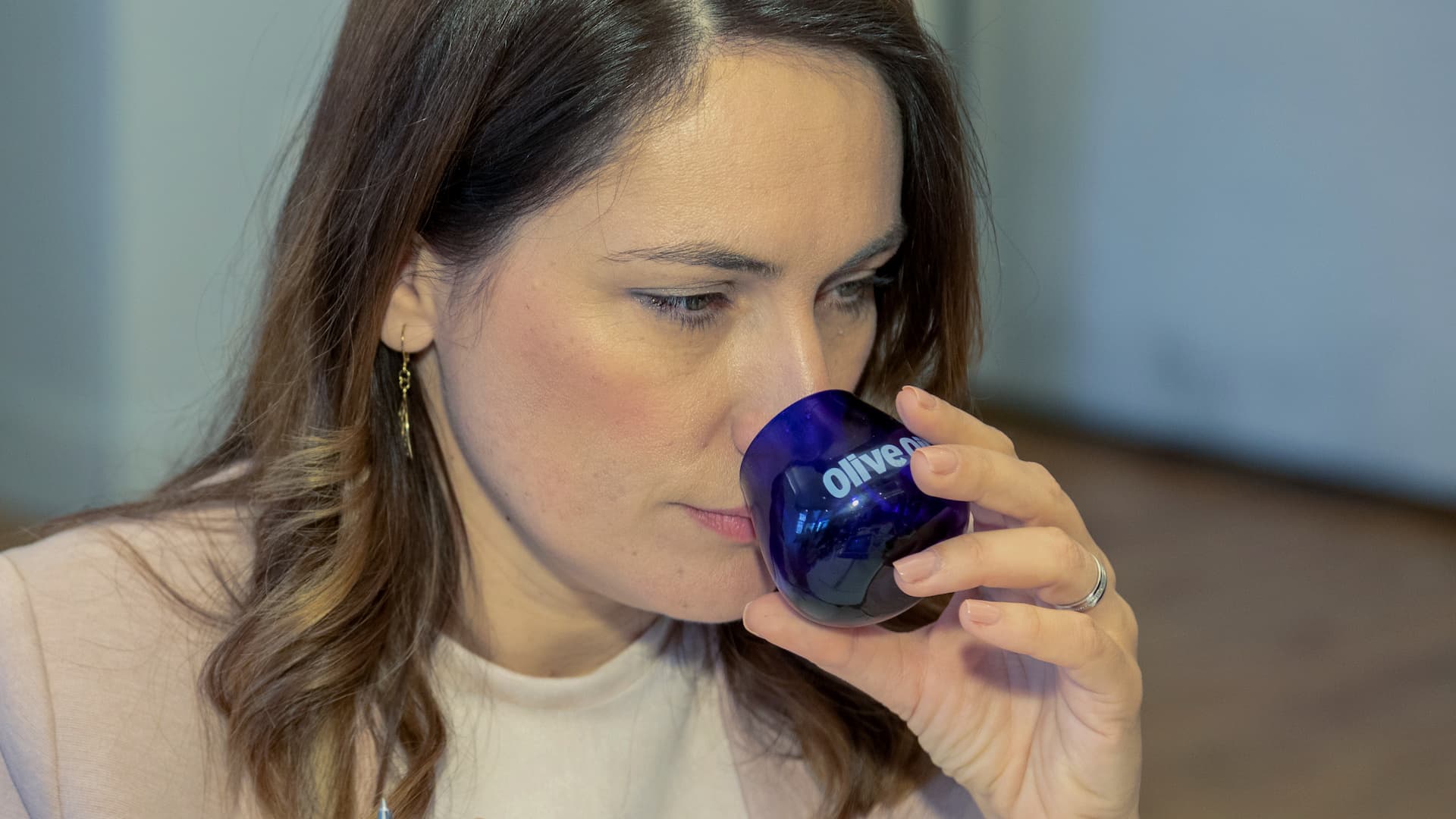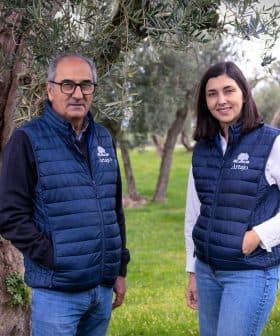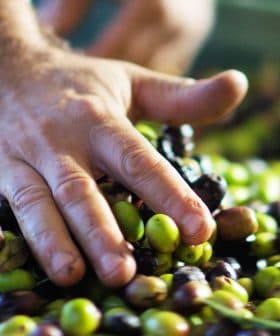Fustiness, Rancidity Are the Most Common Defects in World Competition Submissions

At the 2024 NYIOOC World Olive Oil Competition, fustiness and rancidity were the most common defects detected in olive oil samples, with 44 percent and 27 percent occurrence respectively. These defects negatively impact the quality and health benefits of olive oil, and producers can adjust their processes in the milling phase to prevent them. Fustiness, often caused by long storage periods or poor mill conditions, can be worsened by high milling temperatures, while rancidity is typically a result of oxidation that can occur during extraction or after production. Producers are encouraged to have a good understanding of organoleptic assessment to detect and prevent defects in their olive oil production processes.
Fustiness and rancidity were the two most common defects detected by the analysis team at the 2024 NYIOOC World Olive Oil Competition.
Data published on the Olive Oil Times World Ranking platform show that 278 samples submitted to the competition contained fustiness, representing 44 percent of total defect occurrence. Meanwhile, rancidity was detected in 172 samples for 27 percent of the total defect occurrence.
Overall, the panel of experts identified 627 occurrences of seven defects in the olive oils submitted to the competition. Notably, a single olive oil sample can contain multiple defects. More than ten percent of the entries sent to the NYIOOC were defective.
See Also:Lab Test Would Define the Sensory Profile of Olive Oil by Analyzing Its MoleculesTo meet the standards of the extra virgin grade, a sample must be free of defects. These defects negatively impact the organoleptic quality of the olive oil and usually reduce its health benefits.
While fustiness and rancidity were by far the most common defects identified by the judges, samples also contained winey (64), mustiness (58), muddy sediment (33), heated or burned (20) and metallic (two) defects. According to the International Olive Council, 16 different olive oil defects exist.
Expert olive oil tasters often identify fustiness in samples by detecting sensory attributes such as tapenade, olive mill wastewater and ripe olive flavors.
The presence of fustiness often indicates that harvested olives were stored for an extended period before milling into olive oil.
This delay triggers anaerobic fermentation in the olives, leading to undesirable microbial activity and the production of different acids.
Fustiness can also result from poor mill conditions; olive oil can acquire this attribute when it comes into contact with old olive paste on inadequately cleaned equipment.
According to Donato Palancia, oleologist and olive oil technician at Farchioni Olii, which earned three Gold Awards at the 2024 NYIOOC, milling temperatures can exacerbate defects, including fustiness.
“The defect can be worsened during the extraction phase by applying excessively high temperatures,” he said. “This often occurs in olive mills because higher temperatures yield a greater quantity of olive oil from the olive paste.”
“However, these temperatures compromise the quality and sensory profile of the olive oil,” Palancia added. “Regardless of the scenario, a defect like this is very unlikely to be caused by shipping an olive oil sample or bottle. It does not arise from transport.”
Meanwhile, rancidity is caused by the oxidation of olive oil and can occur during the extraction phase and after the oil is produced. Still, “a freshly-produced olive oil is unlikely to oxidize quickly,” Palancia said.
Oxidation occurs when olive oil molecules interact with oxygen. While protected by the antioxidant properties of certain polyphenols, extra virgin olive oil is still subject to degradation through oxidation.
Oxygen triggers the formation of peroxides, which react with unsaturated fatty acids, the most abundant components in olive oil, forming hydroperoxides. This process leads to the creation of aldehydes and ketones, which cause rancidity.
“A defect can alter the quality of olive oil to varying degrees and intensities,” Palancia said. “When we talk about oxidation in olive oil samples, it could be associated with issues during transportation. For instance, if some of the sample’s content leaks from the container, air gaps are present, and oxidation may occur.”
Producers can detect defects and adjust accordingly in the milling phase of the olive oil production process. As a result, Palancia believes producers should have a basic understanding of organoleptic olive oil assessment.
“I would say that the technician of the olive oil mill resembles the director of an orchestra,” Palancia said. “We have to try to harmonize all the components, like making a melody come out of an orchestra, a melody able to characterize the production.”
“A taster with experience, who consistently tastes oils and understands the crops, ripeness and extraction techniques, can recognize problems,” he added. “That is not magic; it is the fundamental experience needed for high-quality olive oil production.”









